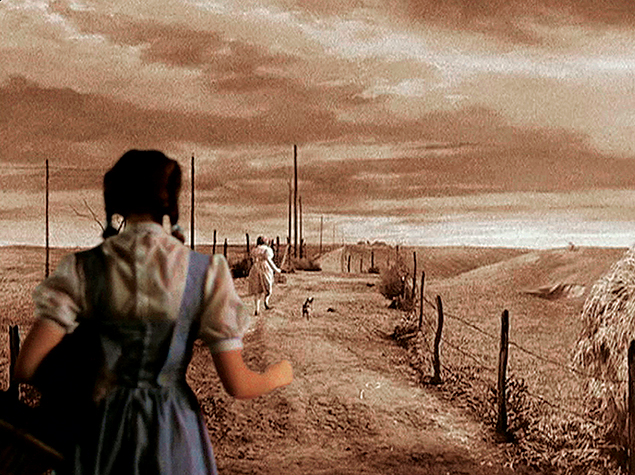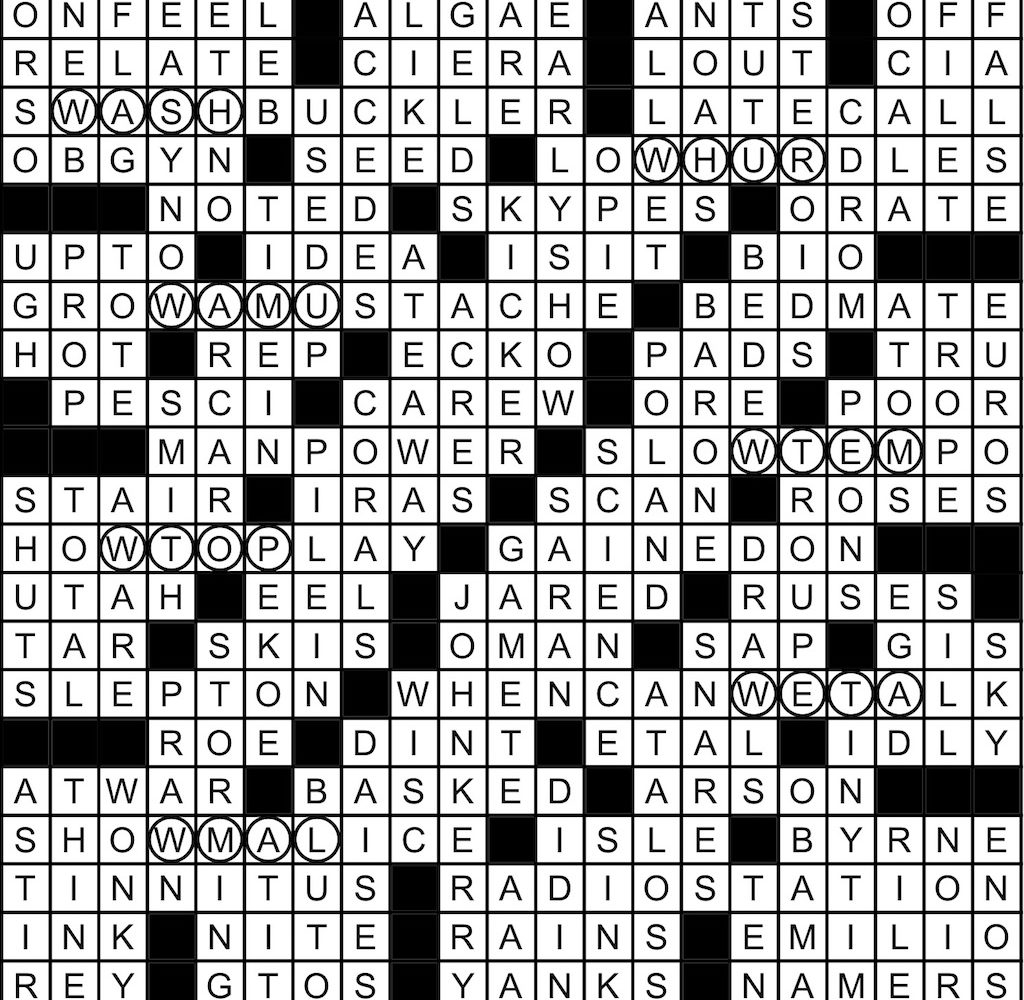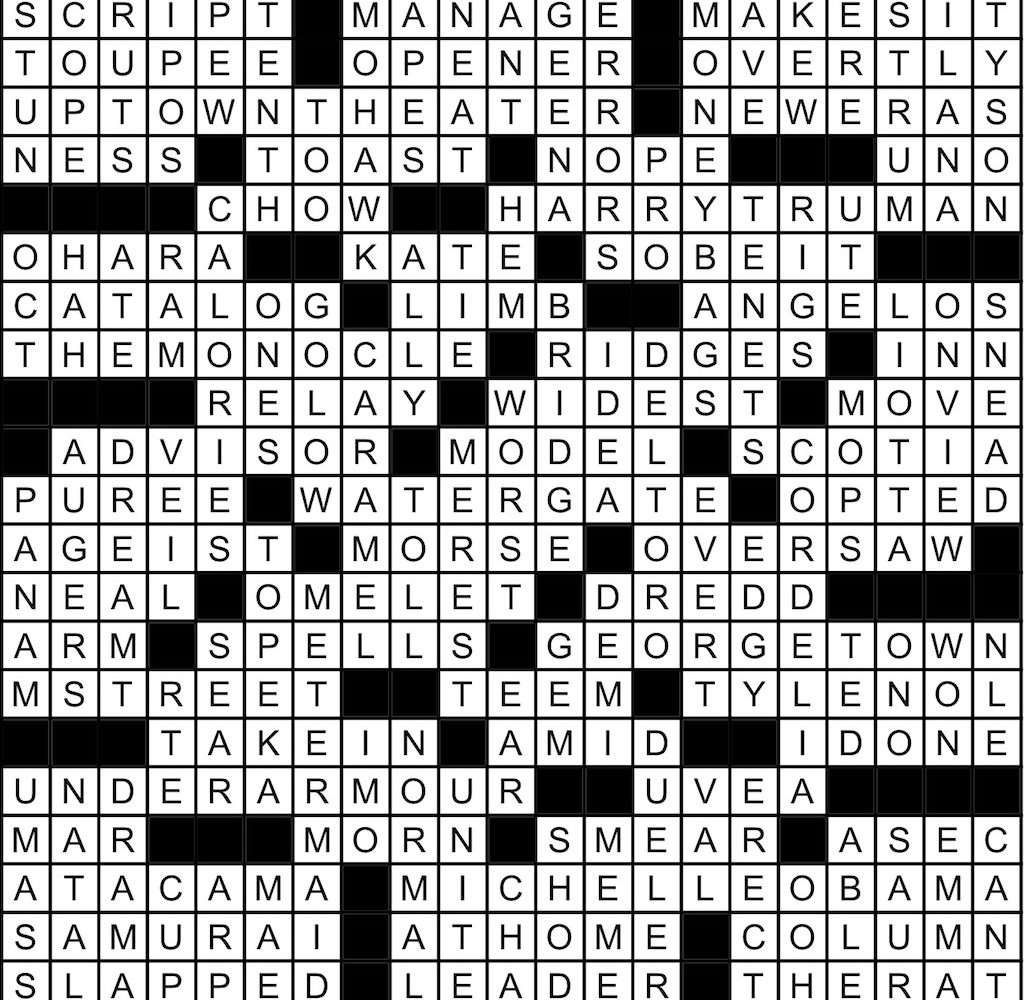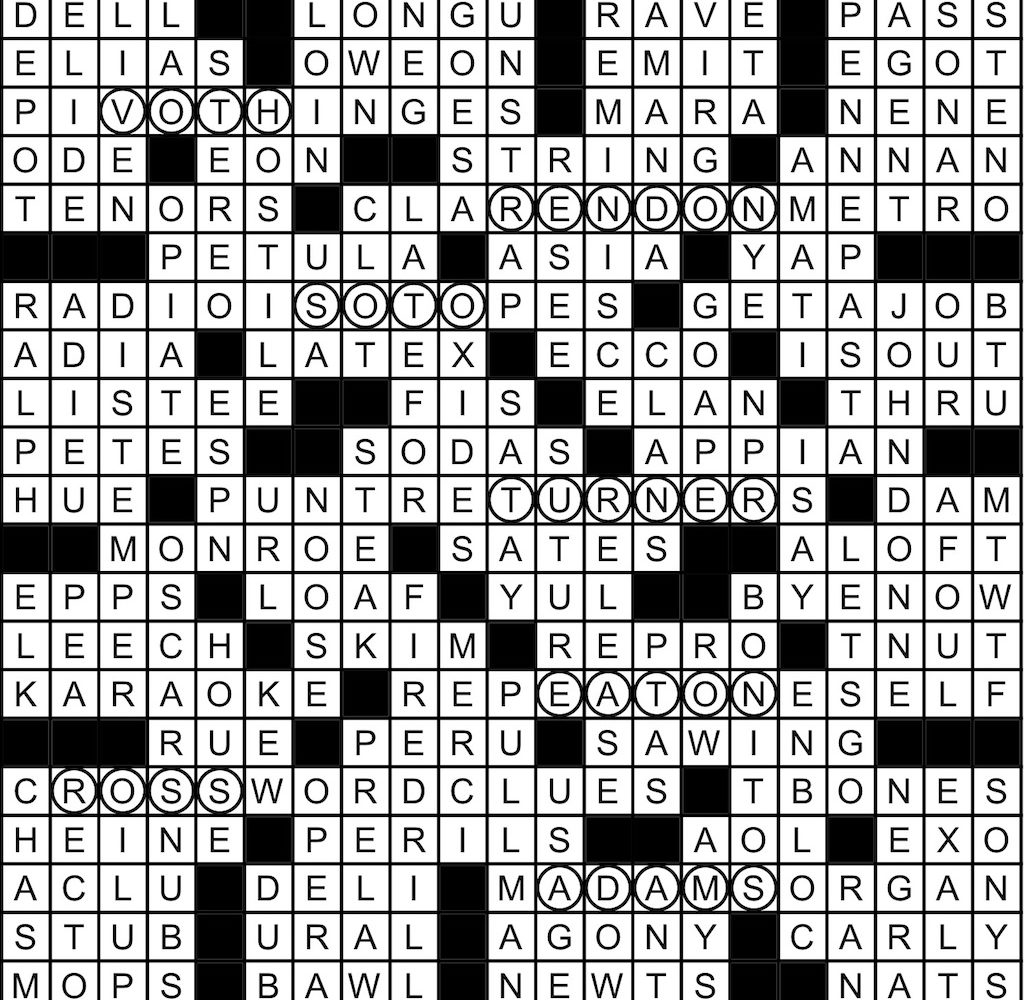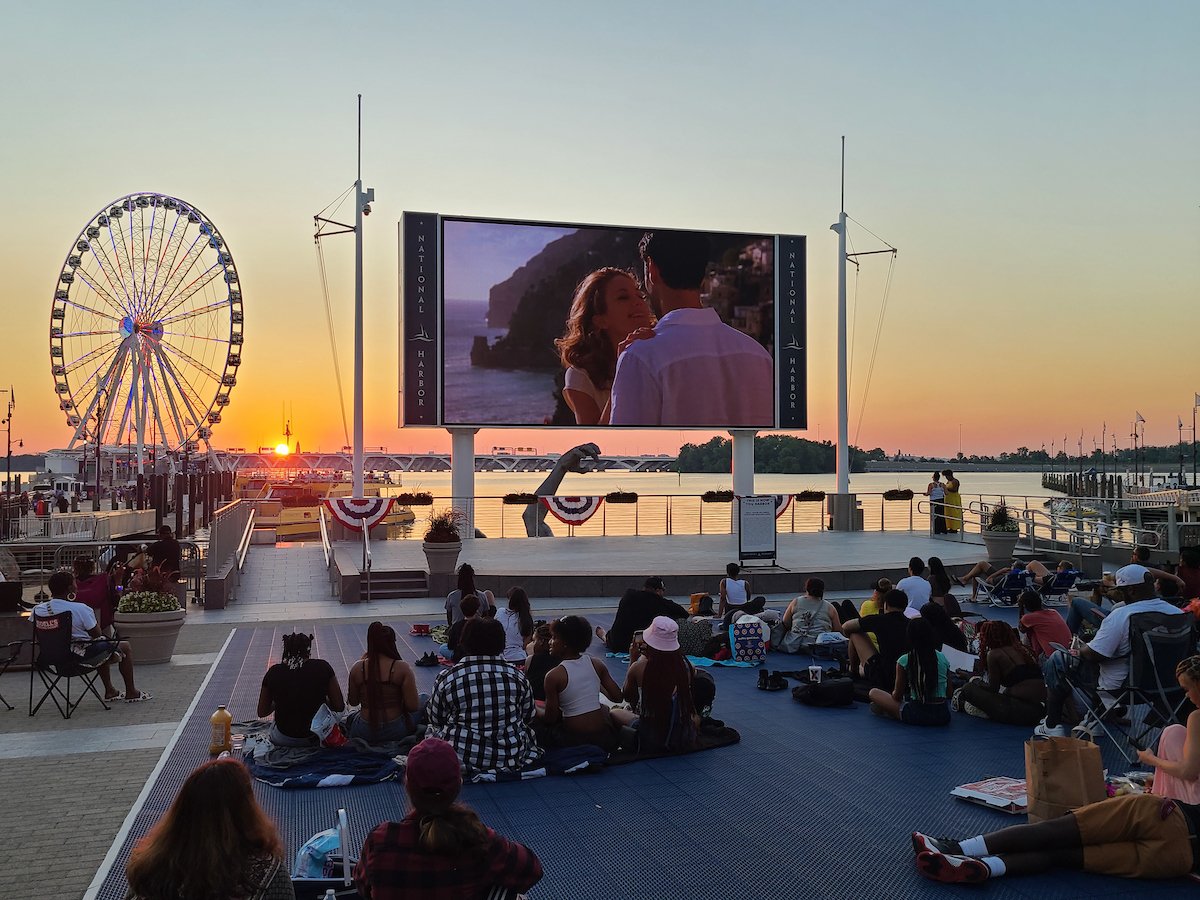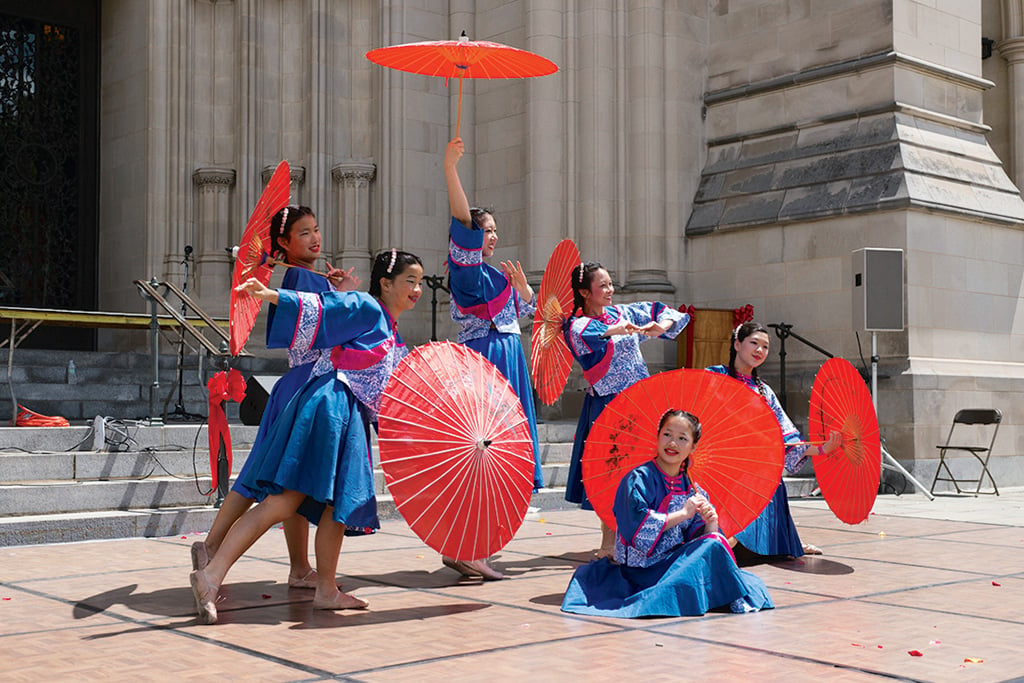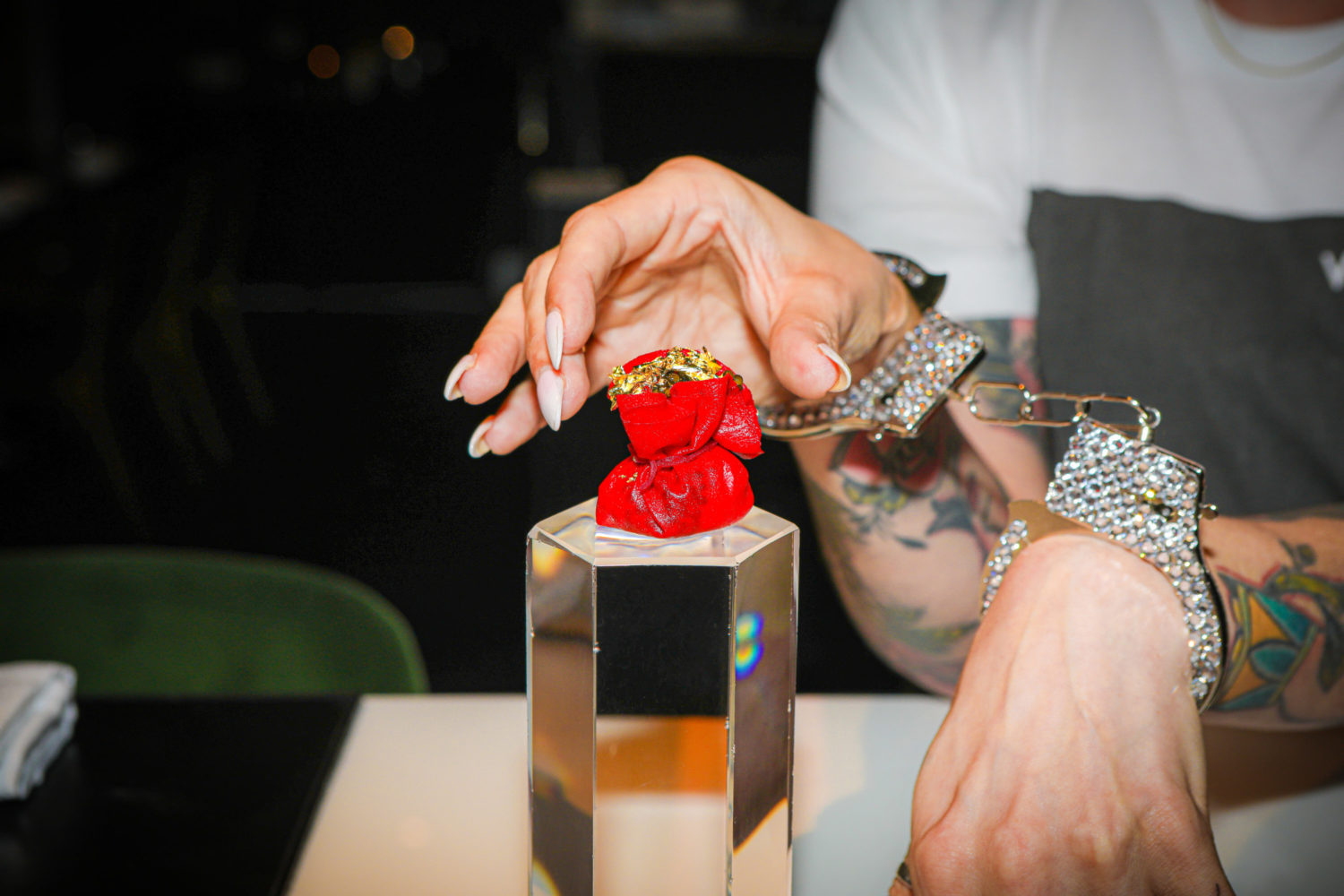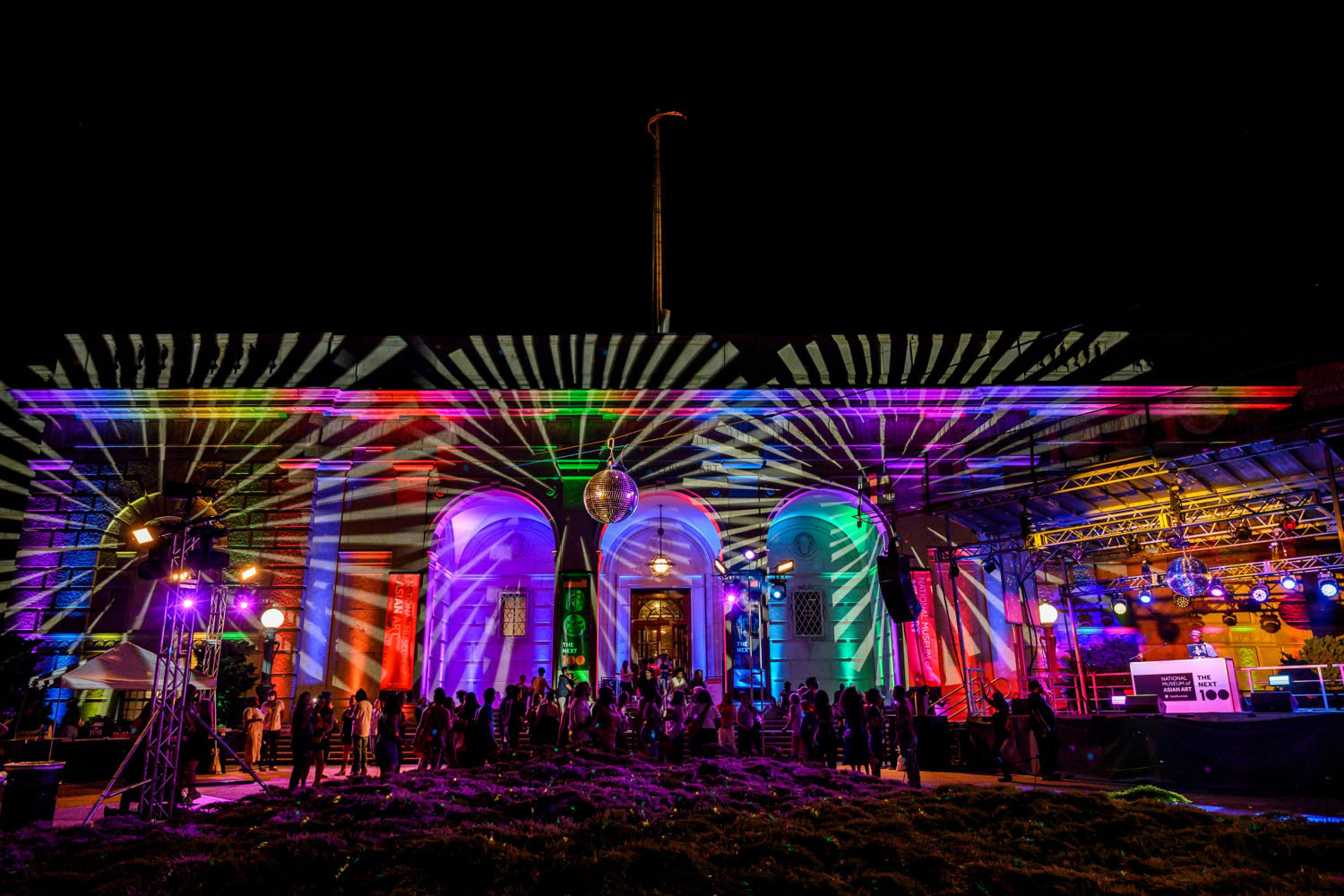Call it the anti-Disney effect.
While a rash of films such as Maleficent have tried to remake villains into sympathetic antiheroes, “Soda_Jerk: After the Rainbow,” opening September 19 at the National Museum of Women in the Arts, has the opposite goal: to reveal the heart of darkness in the star of the family film The Wizard of Oz.
The 1939 classic helped Judy Garland—17 when she starred as Dorothy Gale—earn a permanent place in people’s hearts. Yet, as is well documented, her life wasn’t nearly as rosy as her character’s, a contrast the exhibit explores.
Soda_Jerk is the pseudonym of two Australian sisters who create “rogue historiographies” through digital video. Their take on Garland is the second in a series of three that stage encounters between stars’ younger and older selves. (The others focus on River Phoenix and on Joan Crawford and Bette Davis.)
“After the Rainbow” combines scenes from The Wizard of Oz, a TV special in which Garland appears with Dean Martin and Frank Sinatra, and her later films with clips from more recent movies like Donnie Darko and Planet Terror in an attempt to round out the traditional narrative of Garland as tragic heroine.
Chief curator Kathryn Wat hopes this approach will help audiences see Garland as not just another troubled star “but also someone with a great deal of strength.” Wat admits she discovered a lot from the exhibit about the actress’s portrayal in the media: “I’m an American, I know Judy Garland, I know The Wizard of Oz, but this was not at all what I expected.”
Conversely, the movie at the center of so many fond childhood memories may also take on a new hue. “The film is tinged with longing,” says Wat. “Dorothy is trying to get somewhere and can’t, and she’s missing her family. Even that movie, as much as we all love it, is shaped by a sense of loss.”
“After the Rainbow,” along with the museum’s “Total Art: Contemporary Video” (on view through October 12), is part of an effort to focus on women’s contributions to video. While female artists have had to struggle to catch up in traditional fields such as painting, Wat says video is one of the few areas in which both sexes have been equally involved since it became popular in the 1960s.
She sees Soda_Jerk’s installations as representative of that medium’s progress: “We live in a digital age, when images are spread almost instantaneously. The work [the women of Soda_Jerk] do and the process they follow spins around these questions of piracy and appropriation. Their point is ‘We’re not stealing it—we’re borrowing it and making something totally new.’ ”
Through November 2; $10; nmwa.org.
This article appears in the September 2014 issue of Washingtonian. Find Tanya Pai on Twitter at @tanyapai.

